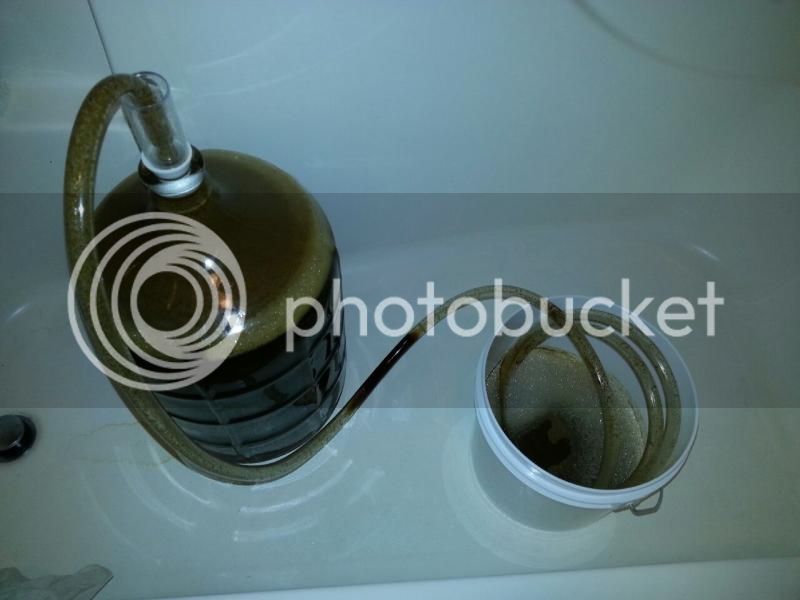I'm brewing a 5 gallon biab American amber ale.
1. Is a 5 gallon glass carboy big enough for primary with a blowoff tube?
2. Is a secondary fermentation vessel essential? Pros and cons of not having one?
3. I know some people sparge when doing a biab brew? What are the pros and cons of sparking?
4. What size kette should I have? Would 7 gallons work?
Thanks!
1. Is a 5 gallon glass carboy big enough for primary with a blowoff tube?
2. Is a secondary fermentation vessel essential? Pros and cons of not having one?
3. I know some people sparge when doing a biab brew? What are the pros and cons of sparking?
4. What size kette should I have? Would 7 gallons work?
Thanks!



